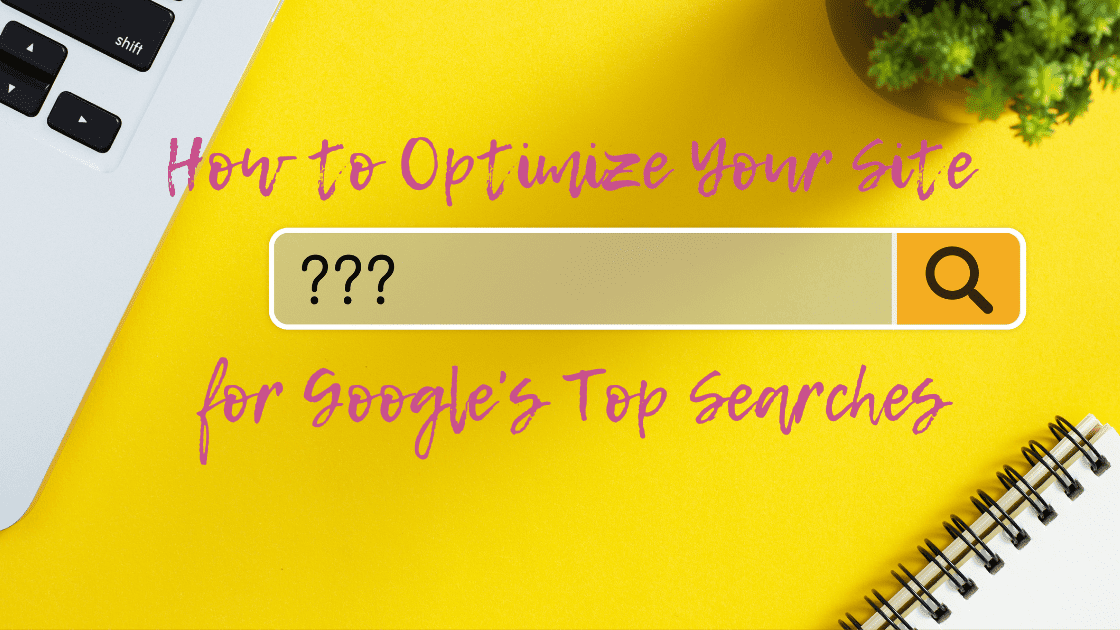Whether or not to advertise on Google should not be a debate in this current age. Every business should have an online presence, even if it’s just a website that can be accessed via a search engine.
Google is currently the online billboard of the present century, and it seems that it’s going the hold that position for many more years. It’s that first platform that comes to people’s minds whenever they have a topic to research, a product to buy, or a service business to hire.
For this reason, businesses must have a website. And not just have one but invest in Search engine optimization to boost their presence to gain more traffic, sales, and conversions.
In today’s digital marketing, having a website is not enough. You must ensure that the search engine indexes the website and that it’s ranked on search engine result pages (SERPs) for queries.
Being in the first five ranked pages on SERPs for relevant queries should be the target of every business because only the firms in these top positions get about 75% of the Google users.
And you can be among these leagues of businesses through search engine optimization (SEO). SEO is the method of ranking organically through a complete refinement and enhancement of the site’s content, appearance, and authority.
This article will look at five search engine optimization techniques to optimize your site for Google’s top searches.
Conduct Market Research
Before getting into this SEO, you should research your market to understand what you’re about to get into. Also, to strategize effectively.
The research aims to know more about your niche, competitors, and customers. It will give you quality information such as your customer’s identity, search terms, and desires.
Also, market research will reveal your competitors. Tools like SERanking, and SEMrush will help you determine their ranking keywords and strategy blueprints.
Then, you can proceed to design your strategy and start optimizing your site for Google’s top searches.
Create and optimize content to improve your ON-page SEO
On-page SEO refers to all the activities performed on your web pages to improve your website visibility. Content optimization is an integral part of this SEO. It would help if you optimized all your content to be ranked on Google SERPs.
Keywords, tags, and images make content optimized. Each content on your website must contain a good number of keywords.
Keywords are those words that Google tracks when gathering relevant web pages for a search. They are words or phrases that people include in search terms. Adding the keywords of your niche to your blogs or articles will make Google consider you for ranking.
You can get these words through Keyword research. It’s something you should have done during market research. And you can do it anytime using the appropriate tools like SEMrush.
Google appreciates the use of keywords but frowns at Keyword stuffing. For this reason, content’s keyword density must be between 2%-3%.
Also, correct usage of headline tags is critical. Meanwhile, each piece of content must have images. The images must add meaning to the articles, have great qualities, and be authentic. You can get authentic pictures from stock libraries like Canva.
Improve the OFF-page SEO with backlinks
OFF-page SEO means those things you do to get authority for your website. Backlinking is one of those things. And it means making other websites link to you or linking to them.
When many websites link to your website, it means that you’re their source of information. It also means that you possess the authority of the niche, and users will find tons of valuable information on your web pages. Hence, Google will rank you for top searches.
You can get these links by making sure that your site is resourceful. And naturally, other bloggers and businesses in the niche will come begging to link to your site or even write a guest post.
Meanwhile, you can also guest post on other people’s websites and link back to yours or even write newsletters. Lastly, you can collaborate with reporters by contributing to a topic and having them mention your website or blog in the article.
Make your website mobile-friendly
Many internet users nowadays are browsing from their mobile devices. And it’s necessary that you consider them when building your site.
Moreover, you must ensure that your contents are designed to display nicely on mobile devices. This point should not be overlooked because Google considers it an essential criterion for ranking web pages on SERPs.
If you ever notice that your website is not ranking even with keywords and strong backlinks, it might be that texts or images are cutting on mobile devices.
Improve your site loading speed
Will you stay on a website that takes longer to load? Let’s even say 5 seconds, will you?
I know your answer to that question is No. And the same thing applies to everyone, at least 90% of internet users. Why waste 5 seconds waiting for a web page to load when Google has populated hundreds of others with the same information you’re seeking?
For this same reason, website owners and businesses must ensure that their site loads faster. The loading speed of a website should not exceed 3 seconds. And you stand a better chance of ranking for top searches when it’s less.
You can achieve this by using fewer plugins on your website and clearing caches regularly. Too much of this stuff on your website will slow it down.
Test, measure, analyze and keep strategizing
You can’t know if you’re doing fine until you measure and analyze the SEO result. With tools like RankTrackr and Moz, you can track your website ranking and see what needs changing.
Also, you should regularly use the Google search console to know if the search engine is indexing your web pages. And ensure you make necessary changes to rectify the conditions. Lastly, don’t ever stop strategizing.
Conclusion
The goal is to rank high for top searches on Google and nothing less. Make sure you follow all the six steps above to get there.








